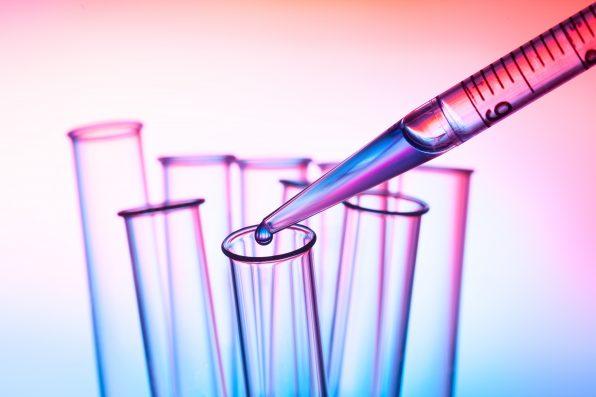She Was A Chemist Who Created The First Effective Leprosy Treatment, But She Fell Ill While Conducting Her Research, And A Man Published Her Work Without Giving Her Any Credit

There are a lot of women in history who did tremendous work, only for a man to receive all the credit for it.
One of those women was Alice Ball, a remarkable chemist who created the first effective treatment for leprosy. Although her work was overlooked after her death, her story is being recirculated to give her the credit she deserves.
Alice was born in Washington in 1892. Both her parents were photographers, and her father was also a lawyer. When she was 10, Alice and her family moved to Hawaii, and she quickly earned a reputation for being an amazing student at school.
For college, Alice attended the University of Washington, where she earned two bachelor’s degrees, one in pharmaceutical chemistry in 1912 and another in the science of pharmacy in 1914. Then, she moved back to Hawaii and earned her master’s degree in chemistry at the College of Hawaii, now known as the University of Hawaii.
When Alice received her master’s, she became the first Black woman to receive her master’s degree at the school. Then, she began working there as the school’s first Black female chemistry instructor.
While working in the chemical lab, Alice experimented with and researched the Hawaiian’ awa root, also known as kava. She began discovering how it could be used to treat certain ailments and be injected as a form of treatment.
When physician and U.S. Public Health Officer Harry T. Hollman noticed Alice’s work, together they researched chaulmoogra tree oil in 1915, seeing if it could be made into an injected medicine that could be used to treat leprosy, the infectious skin disease. Leprosy was a big issue in Hawaii, as it was often stigmatized and led to the tragic exiling of many residents.
In 1915, when she was 23, Alice figured out how to make the oil from the chaulmoogra tree, a medicine that could be injected and absorbed by a person’s body, using a clever method that chemically modified compounds from the oil.
Tragically, a year later, Alice fell ill while conducting research, which some believe was due to chlorine poison from a lab demonstration gone wrong. She returned to Washington for treatment but sadly passed away at the young age of 24 in 1916.

luchschenF – stock.adobe.com – illustrative purposes only
After Alice’s death, her graduate study advisor and the dean of the College of Hawaii, Arthur L. Dean, conducted further trials using her methods with chaulmoogra tree oil and published all the details of her work. However, he never acknowledged Alice and claimed all the work as his own.
Alice’s name was never mentioned once in the published work, and the method she invented was dubbed the ‘Dean Method.’
By the early 1920s, before other forms of medicine to treat leprosy were invented, Alice’s method was helping many patients. It remained the most effective form of treatment for people with leprosy until the 1940s.
Finally, in 1922, Dr. Harry Hollmann published an article that revealed much of the work and research done to create the treatment was thanks to Alice, and her method was finally recognized as ‘Ball’s Method.’
More steps were taken to get Alice the credit she deserved, including making her the co-author of the medical journals dedicated to her work.
Today, a chaulmoogra tree planted in Alice’s honor sits on the campus of the University of Hawaii at Mānoa.
If true crime defines your free time, this is for you: join Chip Chick’s True Crime Tribe
The All-White Sofa Isn’t As Great As Everyone Makes It Out To Be
Sign up for Chip Chick’s newsletter and get stories like this delivered to your inbox.
More About:Chicks We Love